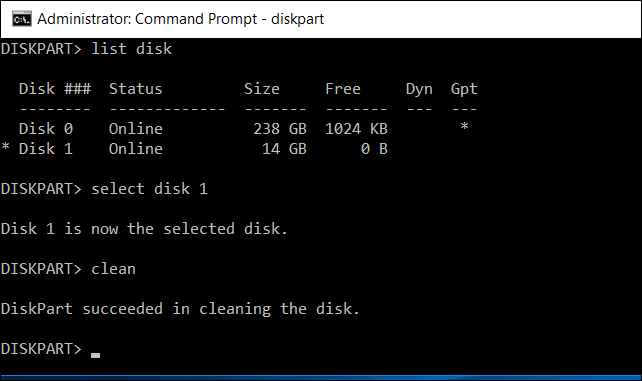I have been trying the past few days to upgrade my HDD to an SDD and it is proving to be very difficult. Right now I am trying to install Windows 10 onto the SSD through a usb stick. I am running an AsRock motherboard which has UFEI instead of BIOS(I may not be understanding everything here). Anyways, I boot through the flash drive and can open the Windows Installer. I have been doing a custom install where I delete all the partitions on the drive, click new, then click install. The install seems to be going smoothly until it says restarting in 5 seconds. My computer restarts and 1 of two things has been happening. 1.)black screen "Reboot and Select Proper Boot Device..." 2.)Starts the Windows Install Process over.
I don't know if this is the problem but it may be. I originally tried to install SSD without knowing anything and made it a "Basic Data Partition" Or at least that's what it says in Computer Management. I have been googling like a mad man to try and fix this but I am STUCK!
Here's some pictures that may help. View: https://imgur.com/a/4HvTUx0
I don't know if this is the problem but it may be. I originally tried to install SSD without knowing anything and made it a "Basic Data Partition" Or at least that's what it says in Computer Management. I have been googling like a mad man to try and fix this but I am STUCK!
Here's some pictures that may help. View: https://imgur.com/a/4HvTUx0


